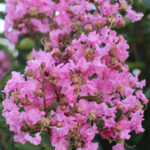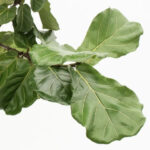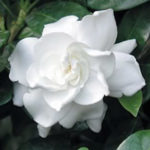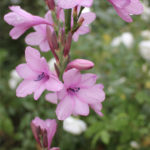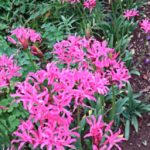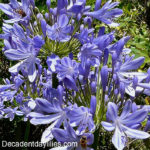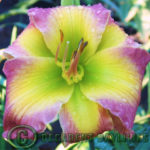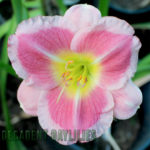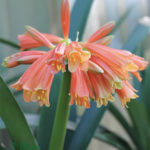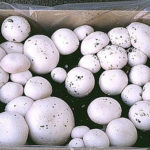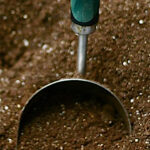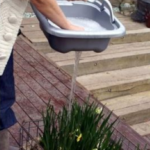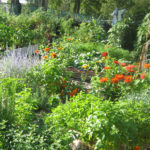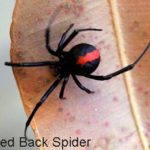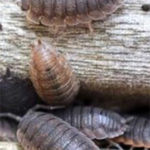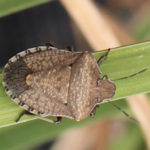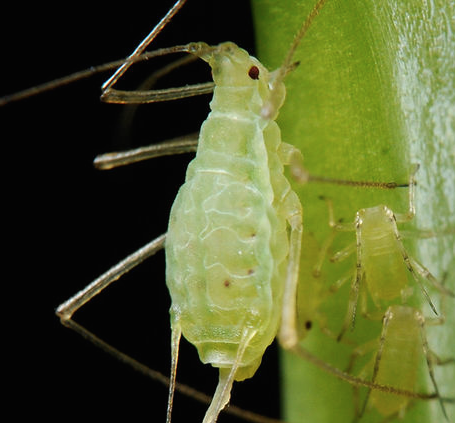
Aphids: Identifying & Preventing Aphids in Your Garden
Aphids & Prevention
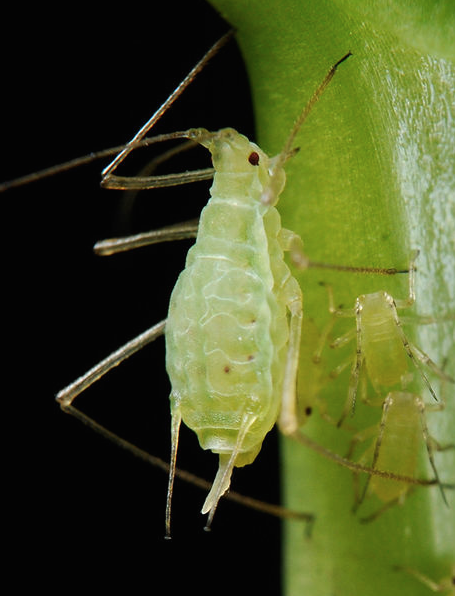 Aphids are common garden pests that are also known as plant lice, blackflies and even whiteflies. These are pests that affect the plant by primarily sucking the sap. They are considered to be highly damaging in different plant varieties found in various regions of the world. A lot of people, especially the gardeners and the farmers are truly aimed towards eradicating such pests to be able to promote successful growth of their plants.
Aphids are common garden pests that are also known as plant lice, blackflies and even whiteflies. These are pests that affect the plant by primarily sucking the sap. They are considered to be highly damaging in different plant varieties found in various regions of the world. A lot of people, especially the gardeners and the farmers are truly aimed towards eradicating such pests to be able to promote successful growth of their plants.
When it comes to appearance, aphids are described to have very small and soft bodies. They have distinct mouths which are known to easily pierce or break through leaves, stems and other plant parts. Through this mechanism, they are able to drain necessary plant fluids which are important in plant food production and transport. These plant pests also come in various colours depending on type. They can be black, brown or even red. They can also have wings depending on specie. The sap-sucking insects are greatly known for their cornicles which are projections found at the back of their bodies.
Where Do Aphids Come From
Aphids are known to be found in various parts of the world. They are generally common in temperate areas. Nowadays, they can be easily spread from one location to another. By the mere transportation of infected plants, these pests can already flourish into a new location. They can easily reproduce, especially in highly favourable conditions.
How Do Aphids Get on My Plants
They easily cling onto the various parts of your plants in cool temperatures. They usually appear on the leaves first. You can easily find out if your plant is infested by plant aphids when you notice the distortion in the normal appearance and contour of the leaves. Once you notice that your leaves curve unusually, you should suspect the presence of aphids. Be very observant when inspecting your plants for such pests and make sure you carefully look at each part.
How to Treat Aphids on My Plants
When it comes to treating plant lice on your plants, you can use certain pesticides but they are generally not recommended because of the damage they cause to the entire plant and even to some beneficial insects. It is always best to use natural methods for the treatment of your plants which are infested by destructive aphids.
How to Prevent Aphids
The best way to prevent the existence of the green flies in your plants involves the careful maintenance of your environment. You should keep your environment clean and conducive for plant growth. Before you start to plant your seeds, you have to make sure that you removed all the aphid pests that you can observe in the area. Aphids usually grow together with weeds, therefore, you have to make sure that you remove weeds regularly to discourage the existence of them. Regular monitoring of your garden can definitely be a great prevention measure against destructive pests known as the sap-sucking aphid, aside from this if all else fails I suggest that you use Epsom salts as a preventative by using two dessert spoonfuls to a bucket of water and spray your plants with it not only will it deter all pests including slugs and snails Epsom salts keeps your plants green, you only need to do this twice a year and you should not see any pests on your plants.
These are some of the most useful pieces of tips, techniques and quick facts about aphids.



